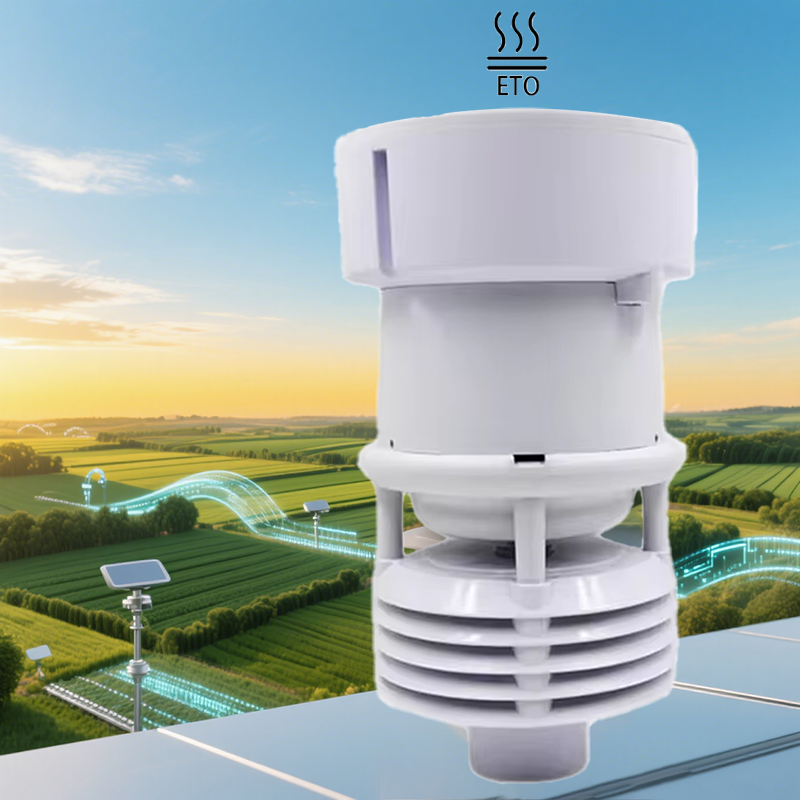With the rapid development of science and technology, agricultural meteorological stations, as important tools in modern agriculture, are becoming the preferred equipment for farmers and agricultural producers to obtain meteorological information. Agricultural meteorological stations can not only monitor weather changes but also provide precise agricultural decision support, helping to increase crop yields and quality. How to choose the right agricultural meteorological station has become a concern for an increasing number of agricultural practitioners. This article will provide you with a practical guide for choosing an agricultural meteorological station.
1. Determine the monitoring requirements
Before choosing an agricultural meteorological station, it is first necessary to clarify your monitoring requirements. Different crops respond differently to meteorological conditions. You need to consider the meteorological elements to be monitored, such as temperature, humidity, precipitation, wind speed, light, radiation, ET0 evaporation, dew point temperature, etc. Choosing a weather station that can provide the data you need will be more conducive to formulating a scientific agricultural management plan.
2. Consider the coverage of the equipment
When choosing an agricultural meteorological station, pay attention to the coverage and accuracy of its monitoring. For large-scale farms, it may be necessary to deploy multiple weather stations to ensure comprehensive monitoring. For small-scale farmlands, the coverage and accuracy of individual devices are particularly important.
3. Check the technical specifications and data accuracy
The technical specifications of agricultural meteorological stations directly affect the accuracy and reliability of the data. Pay attention to the sensor types, data acquisition frequencies and measurement accuracy of the meteorological station. For instance, high-precision sensors can provide more accurate meteorological data, offering strong support for agricultural decision-making.
4. Data transmission methods and compatibility
Modern agricultural meteorological stations usually support wireless data transmission, facilitating users to obtain information in real time. When making a choice, please confirm the data transmission method of the device, such as Wi-Fi, 4g, lorawan. At the same time, ensure the compatibility of the equipment with other agricultural management systems or software platforms to facilitate data integration and analysis.
5. Consider after-sales service and technical support
Reliable after-sales service and technical support are important considerations when choosing an agricultural meteorological station. High-quality after-sales service will ensure the normal operation of the equipment and enable timely technical support when problems occur.
6. Budget and cost-benefit analysis
The prices of agricultural meteorological stations vary greatly. Prices vary from entry-level simple devices to high-end full-function weather stations. It is recommended to choose products with high cost performance within the budget to ensure that the purchased equipment can meet the actual needs of the farm.
Summary
Agricultural meteorological stations are important tools for achieving smart agriculture. Reasonable selection of meteorological stations will help farmers better cope with climate change, optimize resource allocation and increase crop yields. It is hoped that the majority of agricultural practitioners can make scientific decisions based on their own needs and conditions when choosing agricultural meteorological stations, and contribute to the sustainable development of agriculture.
Contact Information
For more weather station information, please contact Honde Technology Co., LTD.
WhatsApp: +86-15210548582
Email: info@hondetech.com
Company website: www.hondetechco.com
Post time: Aug-18-2025


